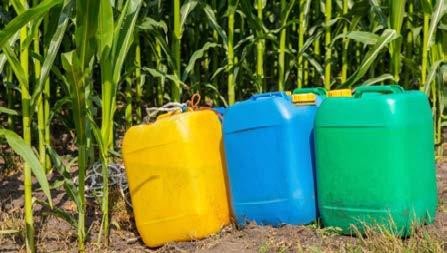
1 minute read
Agricultural pesticides
5Improving the safety of pesticides and biocides
OECD activities focus on both pesticides (chemical or biological products to protect plants, used in agriculture and related areas) and biocides (a diverse group of products including disinfectants used in homes and hospitals, products to preserve wood, products to prevent fouling on boats and products to control insects, mice or rats in homes and industries).
Agricultural pesticides
The OECD helps governments to co-operate in assessing and reducing the risks of agricultural pesticides by sharing the work of pesticide registration and developing tools to monitor and minimise risk to health and the environment.
To assist countries to co-operate in the review of pesticides, the OECD has created internationally agreed formats for the two main documents used in registering agricultural chemical pesticides: the “dossiers” of pesticide test data submitted by industry, and the “monographs” containing OECD governments’ evaluation of the test data.
These agreed formats improve the quality and consistency of pesticide reviews. They also make it easier for OECD countries to work together and reduce the workload for industry by making it possible to submit similar data packages to different countries.
In parallel, the OECD has developed electronic tools to facilitate exchanges of pesticide data and promote work sharing among countries.
The OECD has developed similar dossier and monograph guidance for the registration of microbials and pheromones/semiochemicals which are used as biological pesticides.
Key recommendation on pesticides:
On 20 February 2019, OECD Council adopted the
Recommendation on Countering the Illegal Trade of
Pesticides to strengthen co-operation between countries and inspectors. A Best Practice Guidance helps countries identify illegal pesticides throughout their lifecycle to ensure the safety of consumers and the environment.
Link:
https://legalinstruments.oecd.org/en/instruments/ OECD-LEGAL-0446






